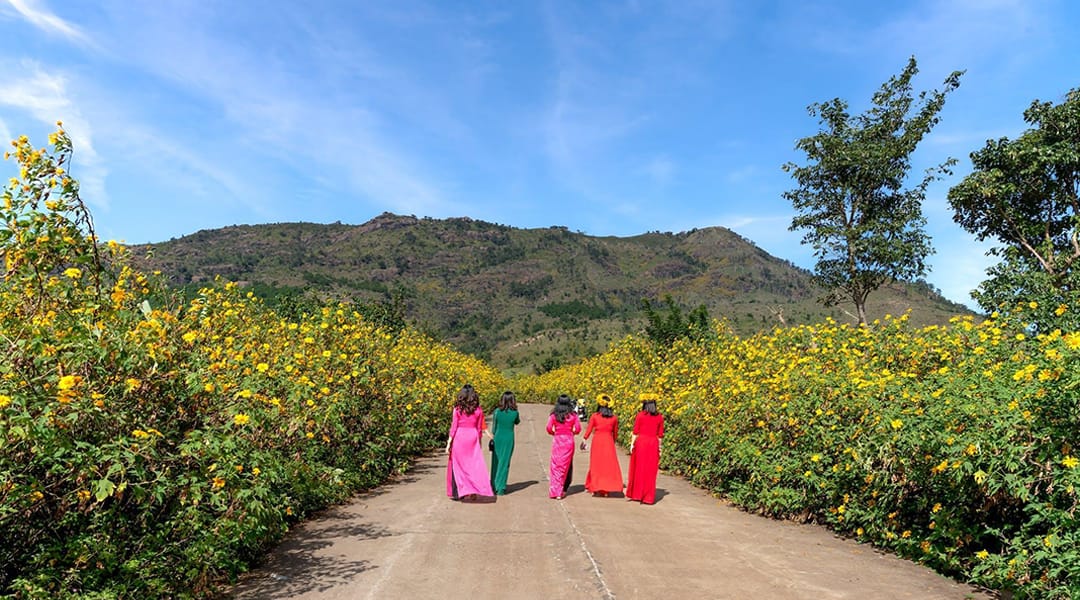Love on Your Plate: Ayurvedic Recipes for a Romantic and Wholesome Valentine’s Dinner
Love on Your Plate: Ayurvedic Recipes for a Romantic and Wholesome Valentine’s Dinner

Beetroot & Tomato Soup: A Heartwarming Ayurvedic Elixir
In Ayurveda, the right food is not just nourishment; it is a sacred expression of love and balance.
This Valentine’s Day, transform your meal into a mindful ritual with this nourishing, vibrant, and deeply grounding soup. Made with beetroot and tomatoes, this heartwarming Ayurvedic recipe warms the heart, supports digestion, and enhances vitality. Its rich crimson hue mirrors the color of love, while its earthy-sweet flavor brings a sense of grounding and connection.
Ayurvedic Benefits of Beetroot and Tomato Soup
✔️ Balances Vata & Pitta: Beetroot’s sweet and earthy qualities soothe restless Vata, while tomatoes offer a mild cooling effect for Pitta, making this a perfect Ayurvedic soup recipe for balance.
✔️ Supports Circulation & Vitality: In Ayurveda, beets are known for enhancing Ojas (vital energy) and stimulating blood flow, making this soup an excellent choice for Ayurvedic diet for heart health and overall rejuvenation.
✔️ Aids Digestion: Cumin and black pepper act as natural digestive stimulants, preventing bloating and enhancing nutrient absorption—ideal for those looking for Ayurvedic recipes for digestion.
Beetroot & Tomato Soup: A Heartwarming Ayurvedic Elixir
Serves: 1 | Preparation Time: 50 minutes
Ingredients:
● 120 g beetroot, cut into thin cubes or strips
● 1 small carrot, sliced
● 1 tomato, sliced
● 2 garlic cloves
● 1/2 tomato, finely diced
● 3 tbsp cooked rice
● A pinch of black pepper
● 1 tsp ghee
● A pinch of cumin
● Lemon juice and salt to taste
Preparation Steps:
1. Wash the vegetables and boil them together with the garlic cloves for about 45 minutes until the beetroot softens. Puree the mixture using a hand blender.
2. In a separate pot, heat the ghee, add black pepper, and stir for 30 seconds.
3. Add the pureed vegetable mixture to the pot and simmer for 2 minutes.
4. Stir in salt, lemon juice, diced tomatoes, cumin, and cooked rice.
5. Serve hot, garnished with coconut milk or cream, or topped with fried shallots for an extra touch.
Chef’s Tip: Garnish with fresh herbs or add a swirl of yogurt for added richness and flavor.
A Feast of Love and Wellness
Close your eyes and savor the warmth of this immune-boosting Ayurvedic food. The earthy sweetness of beetroot, the citrusy zing of lemon, and the deep aroma of cumin awaken your senses, making each spoonful a gentle embrace.
Cooking this dish together turns a simple meal into a romantic Ayurvedic meal, a shared ritual of connection. Ayurveda teaches us that food prepared with love becomes a gift of healing, not just for the body but also for the heart.
Who Should Enjoy This?
✔️ Best for: Vata & Pitta types, anyone needing warmth and circulation support.
✔️ When to eat: Ideal for a cozy, romantic evening or a grounding winter meal.
✔️ Pair with: A warm cup of ginger-tulsi tea for a complete Ayurvedic detox food experience.
A Valentine’s Day to Remember
Let this day be a reflection of Ayurvedic principles: love, balance, and mindful living. With every sip of this Ojas-enhancing food, you’ll celebrate not just the day, but the deeper connection you share.
Nurture your bond, one vibrant and wholesome bite at a time.
Published By: Hande Mistili, Türkiye
Recipe from: Diet & Ayurveda Book, Savour Your Food with an Ayurvedic Cognizance by Dr. NITHA GOPALAN
We believe in collaborative relationship-based care where our Ayurvedic Doctors, Ayurvedic Practitioner, Ayurvedic Supplement Brands, Ayurvedic Nutritionists & Chefs, Yoga, and Meditation Trainers are in sync. Contact the team who passionately works together to hold your hand in this healing journey.





